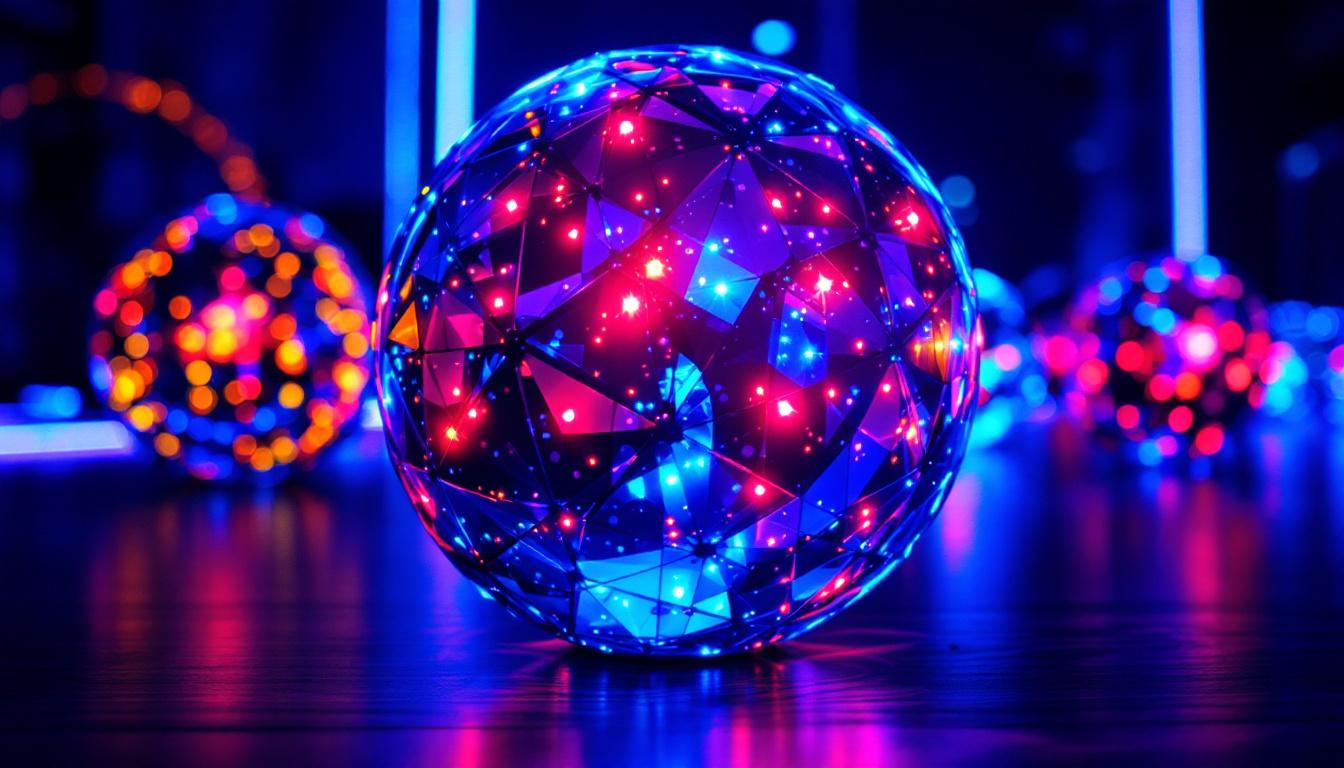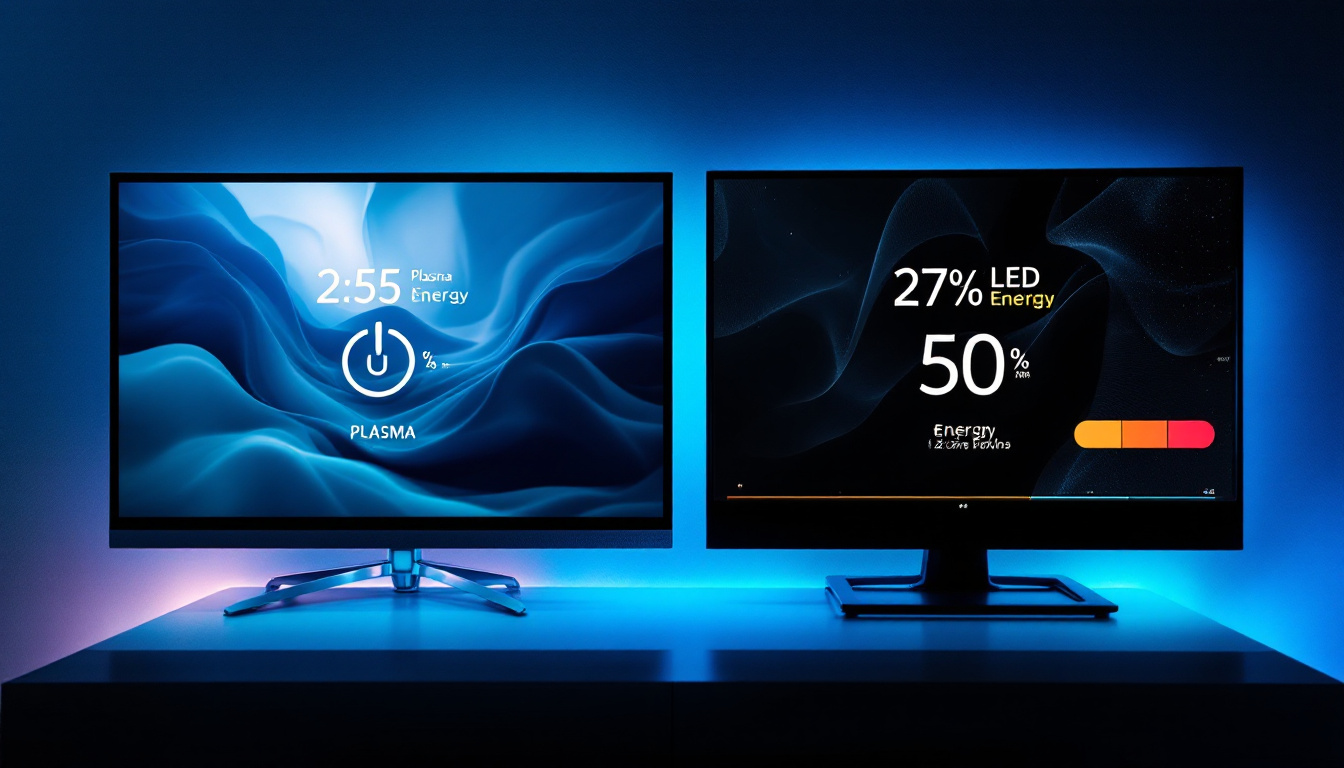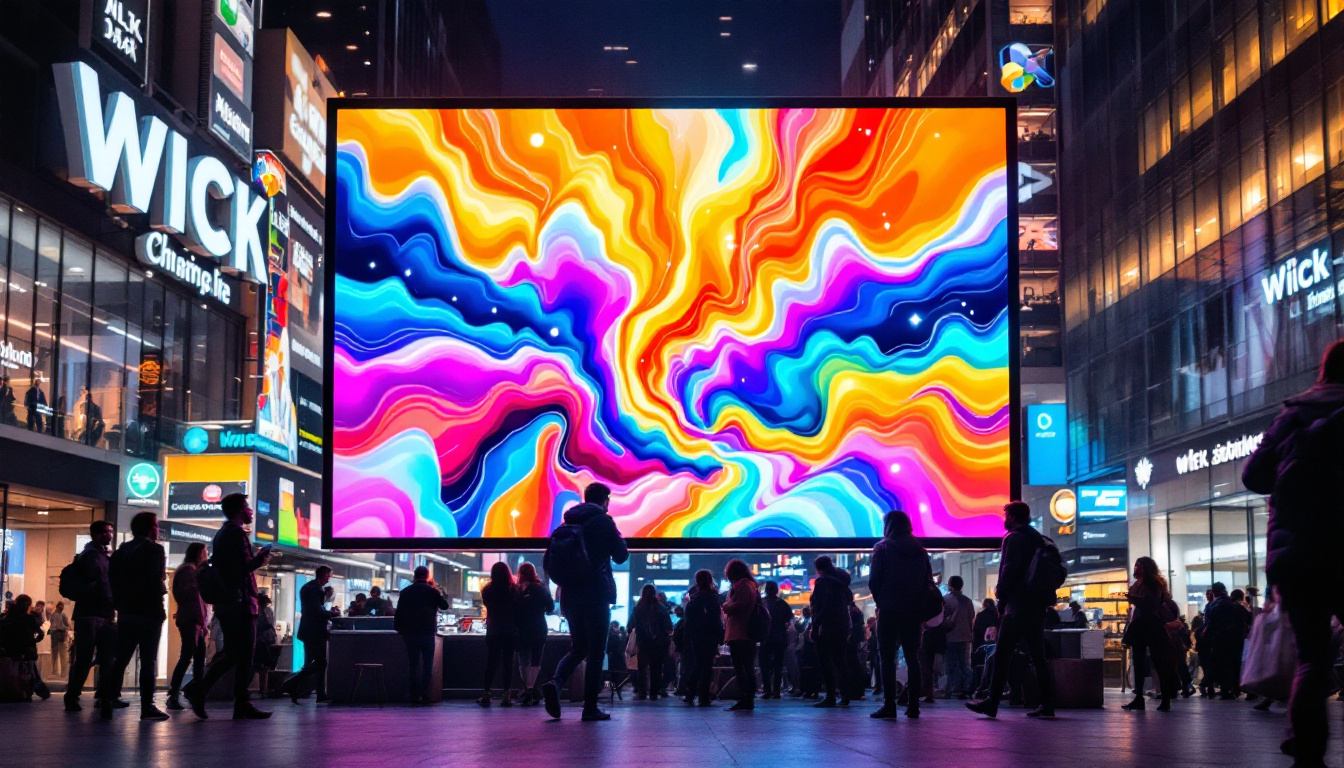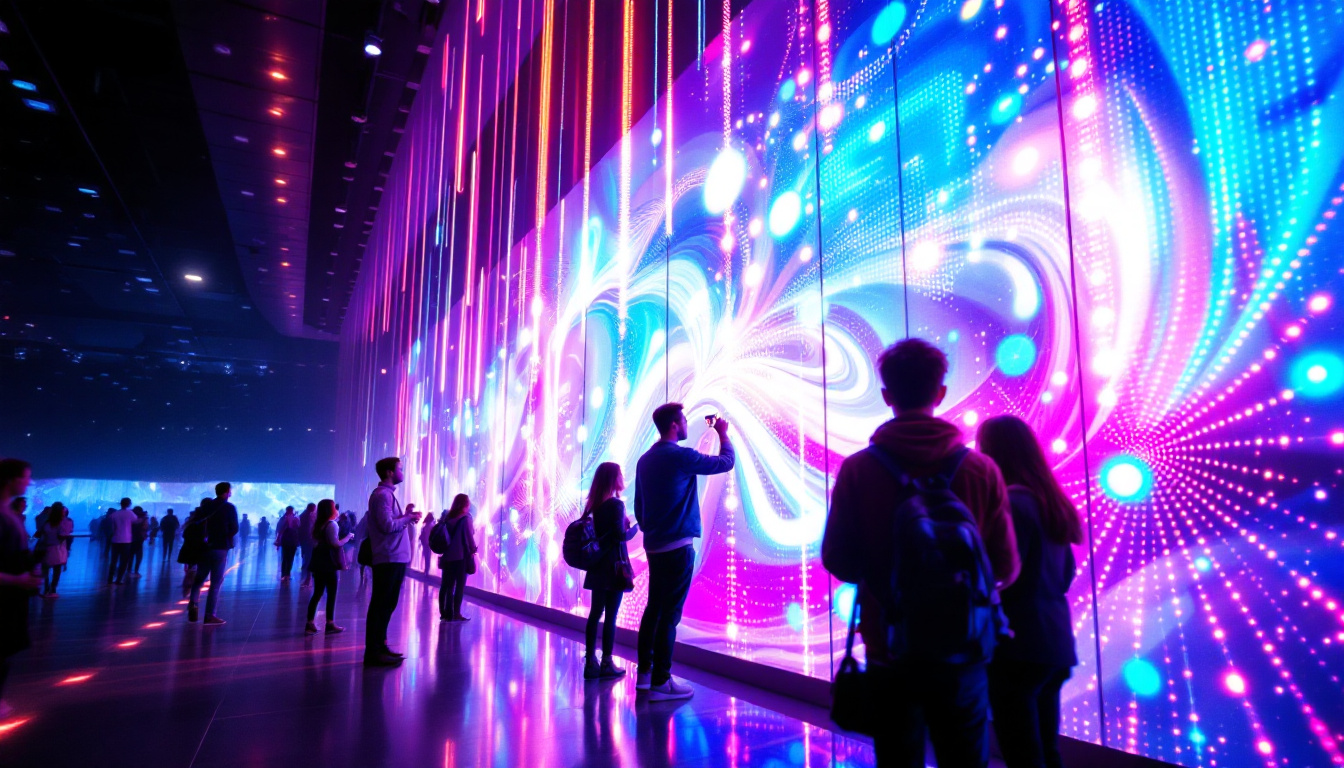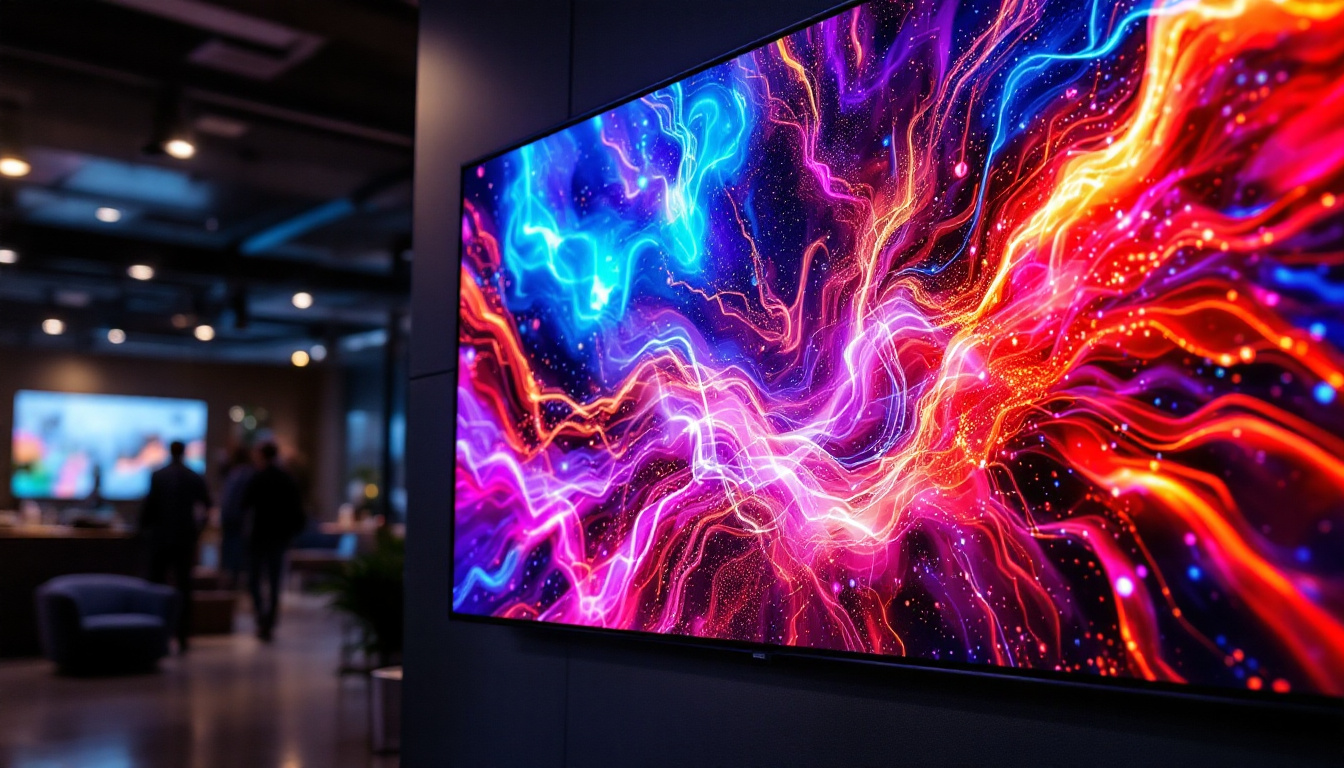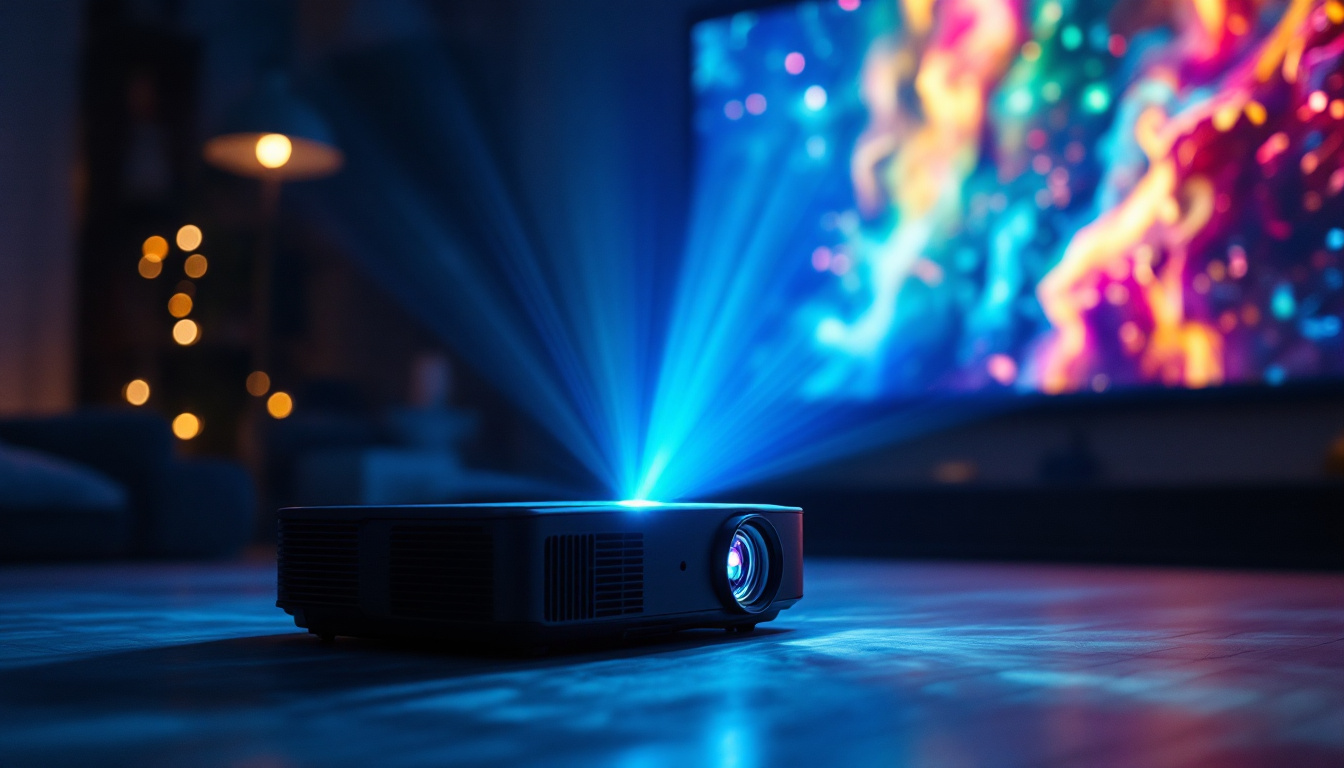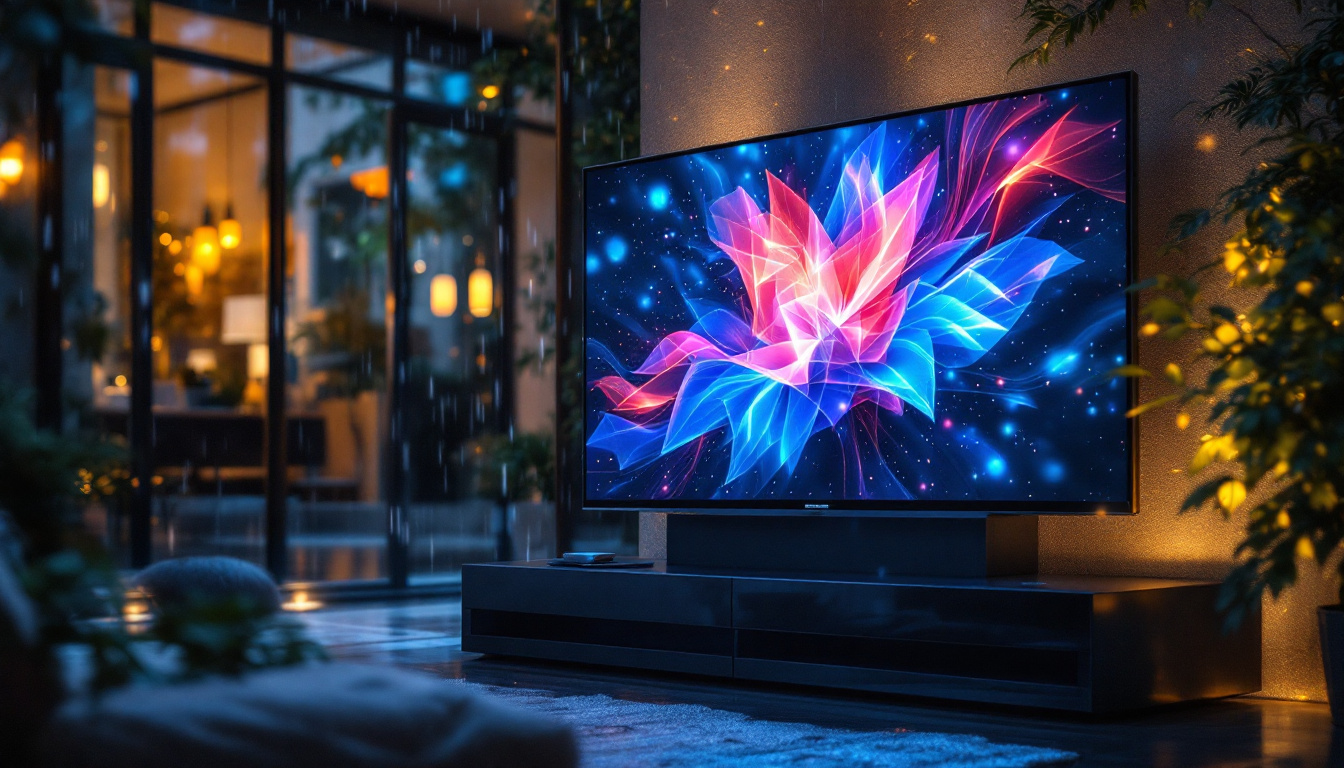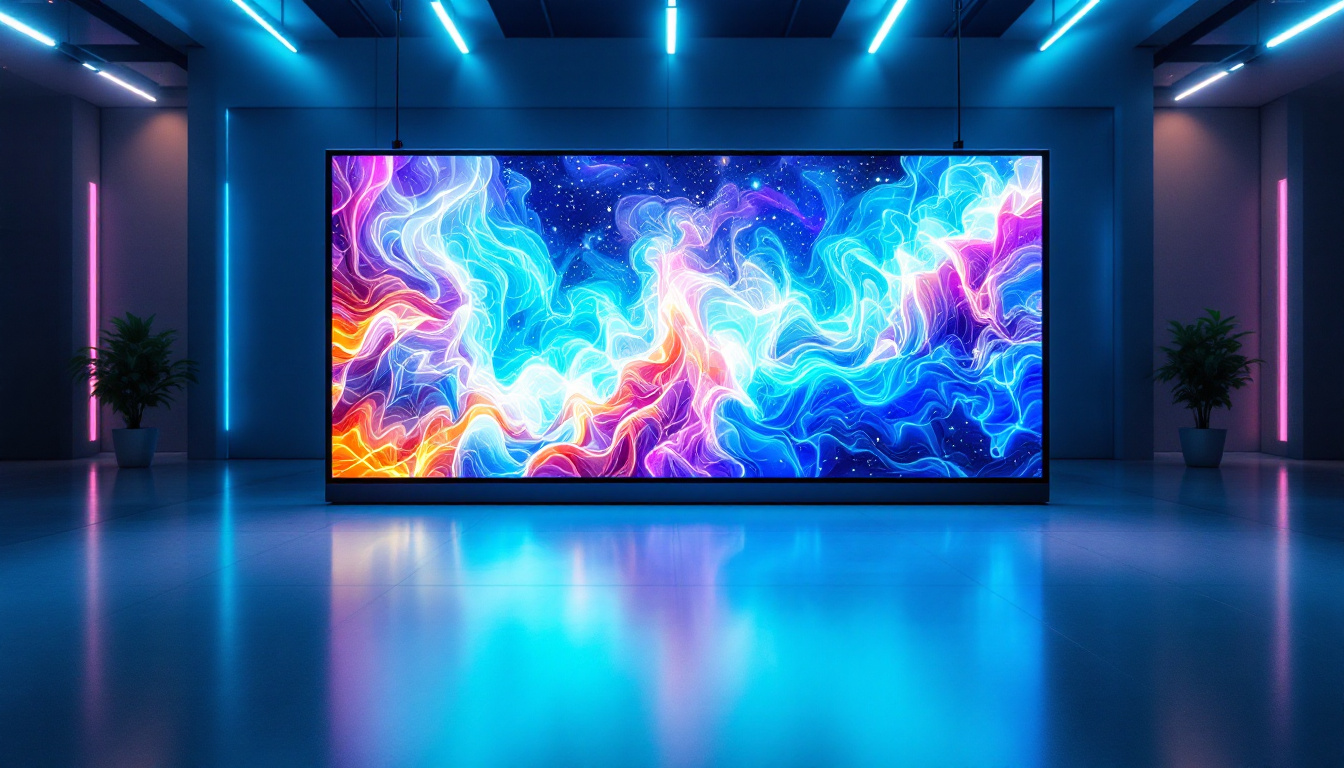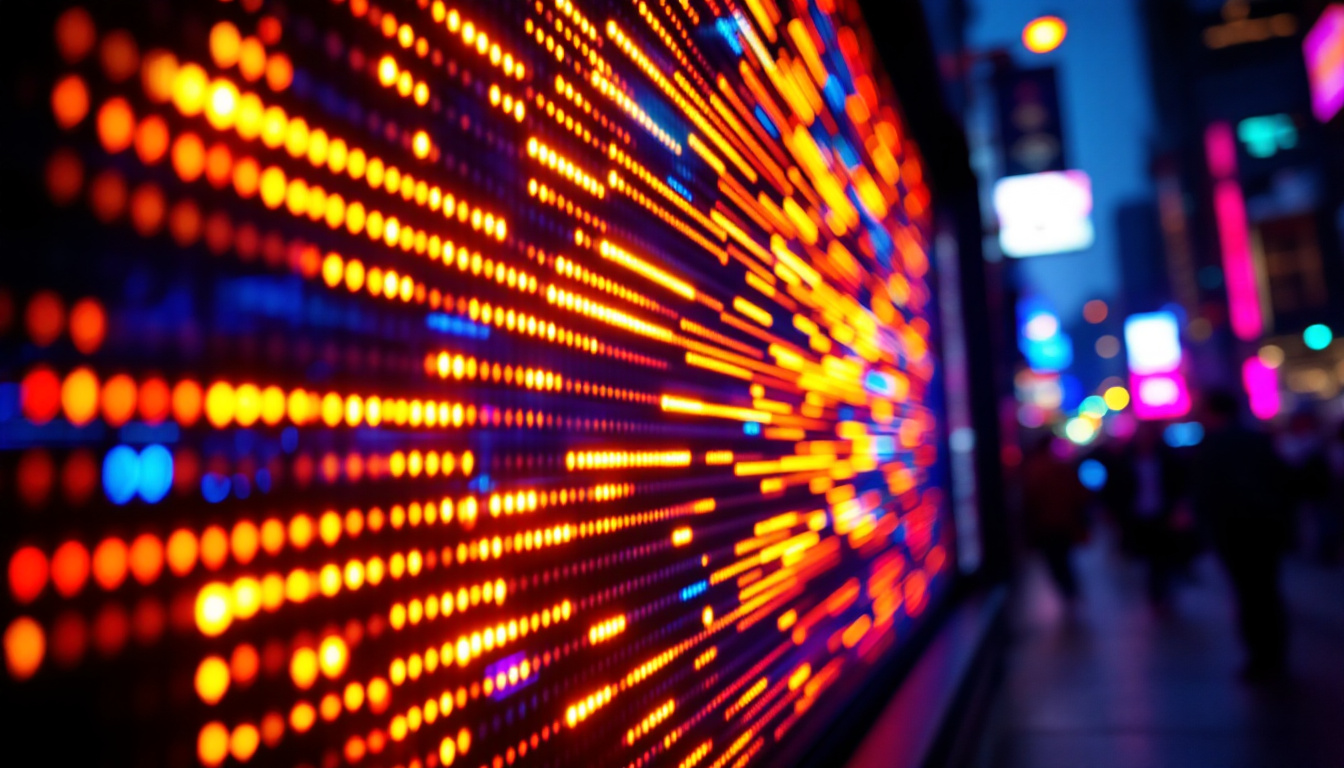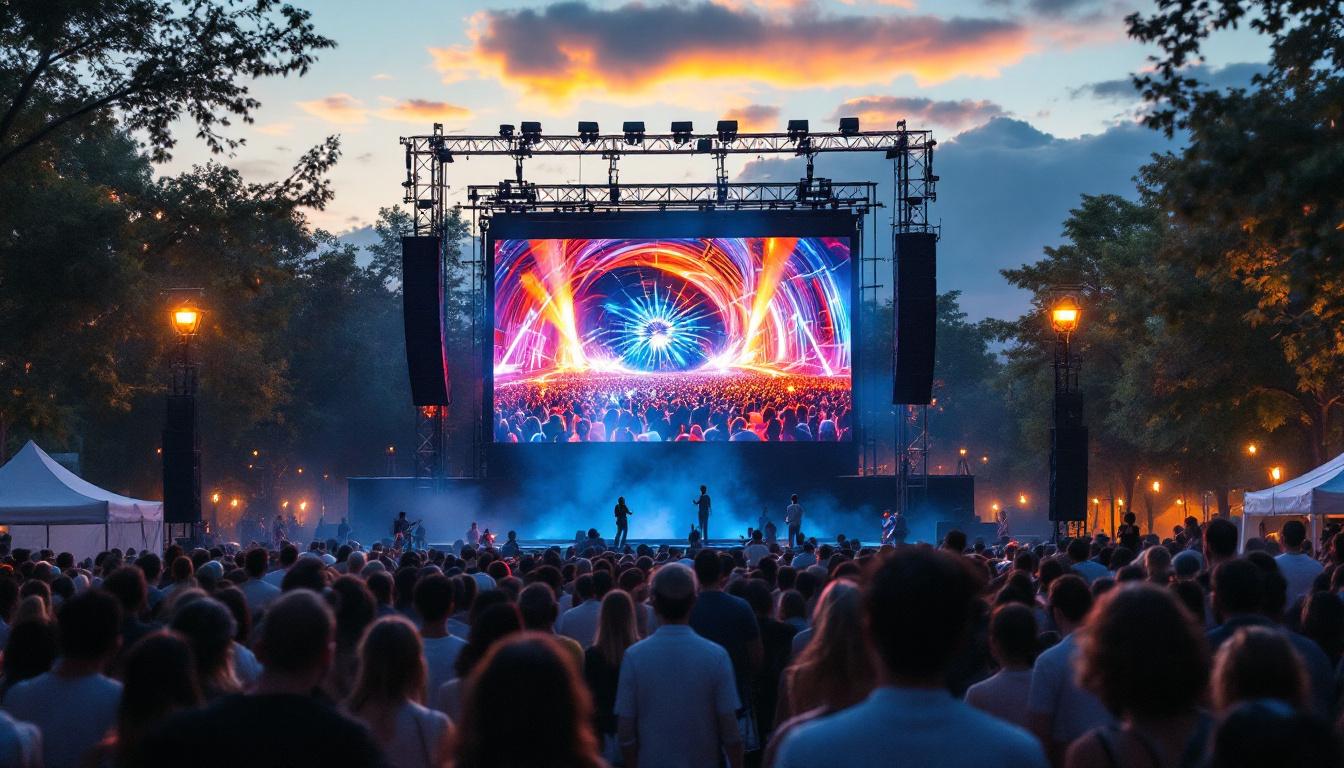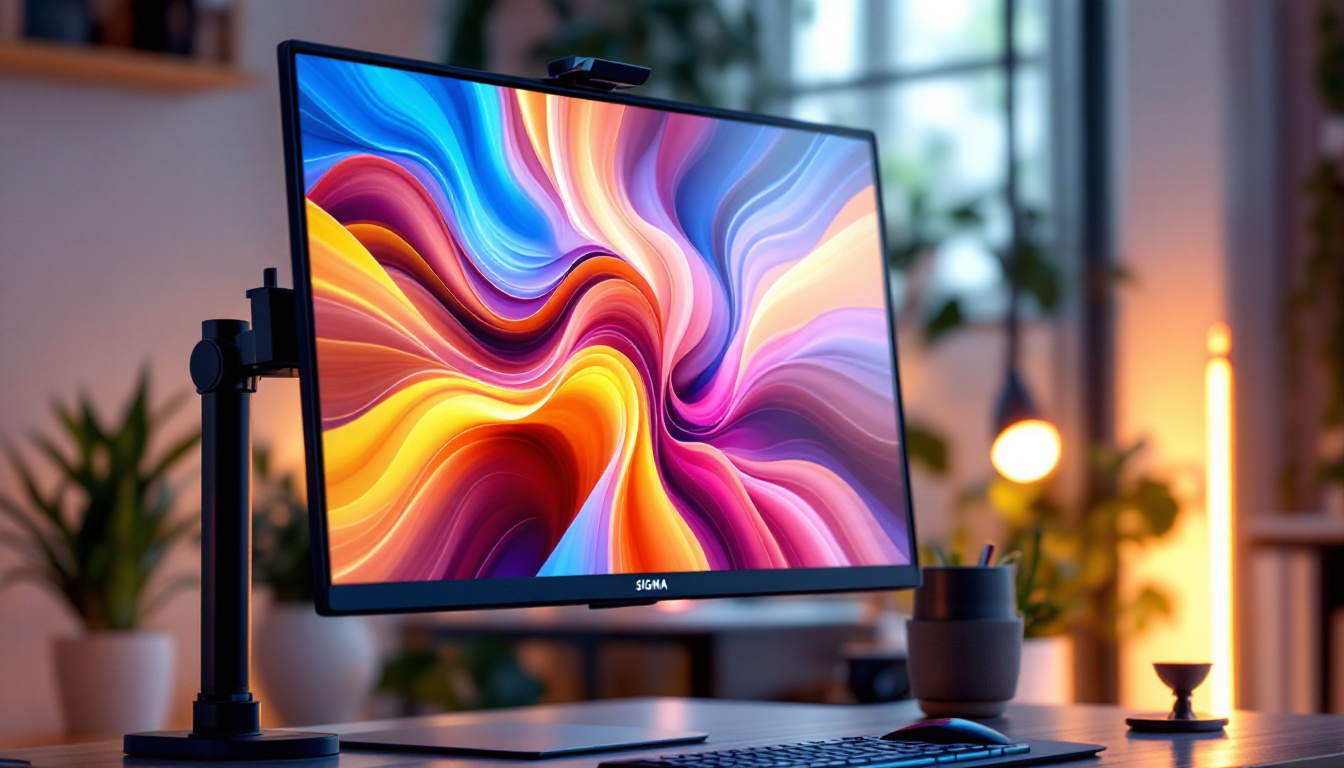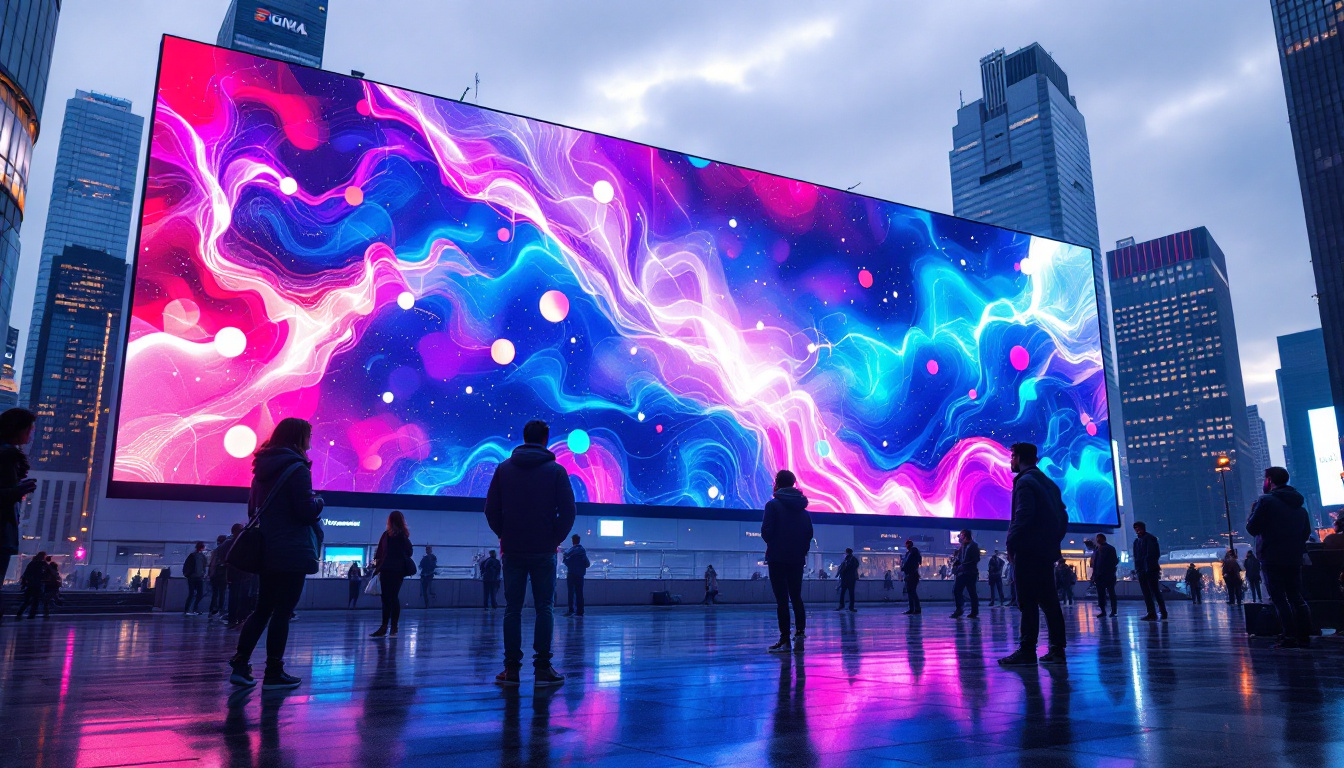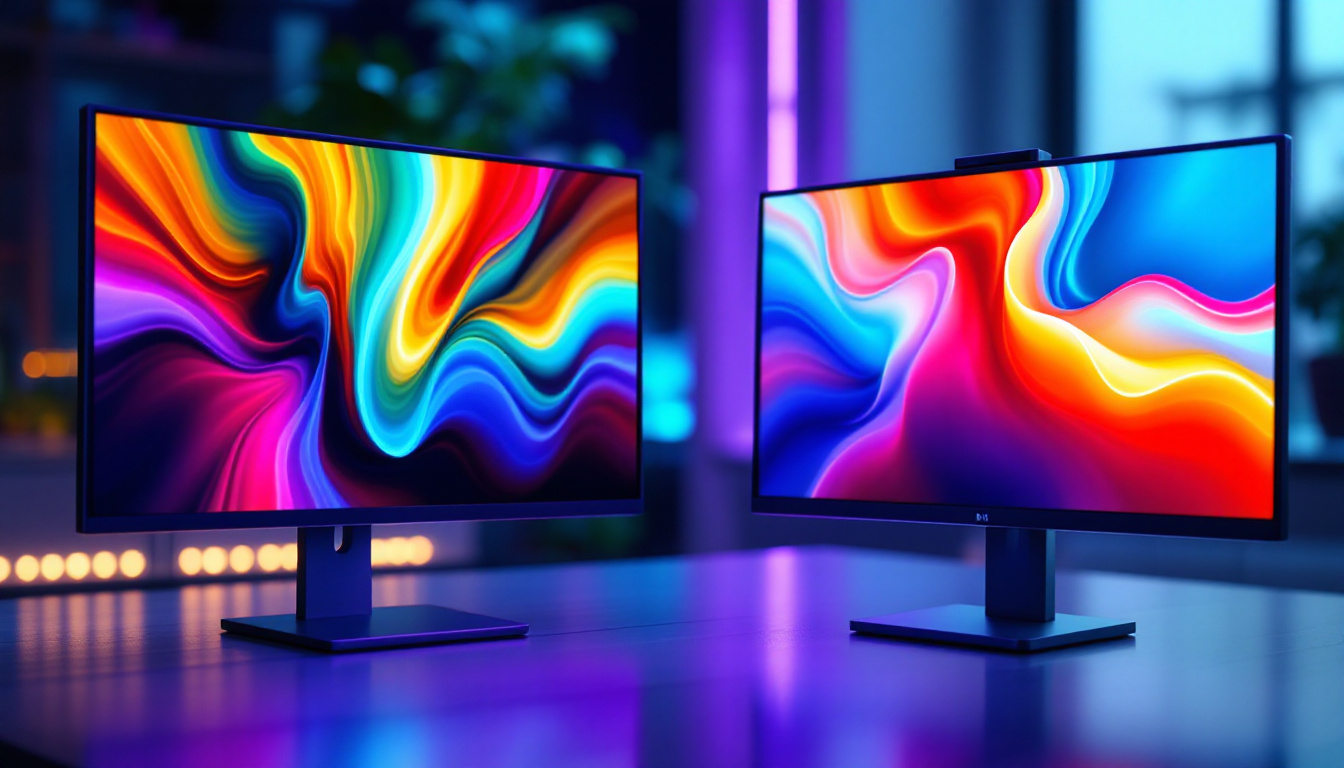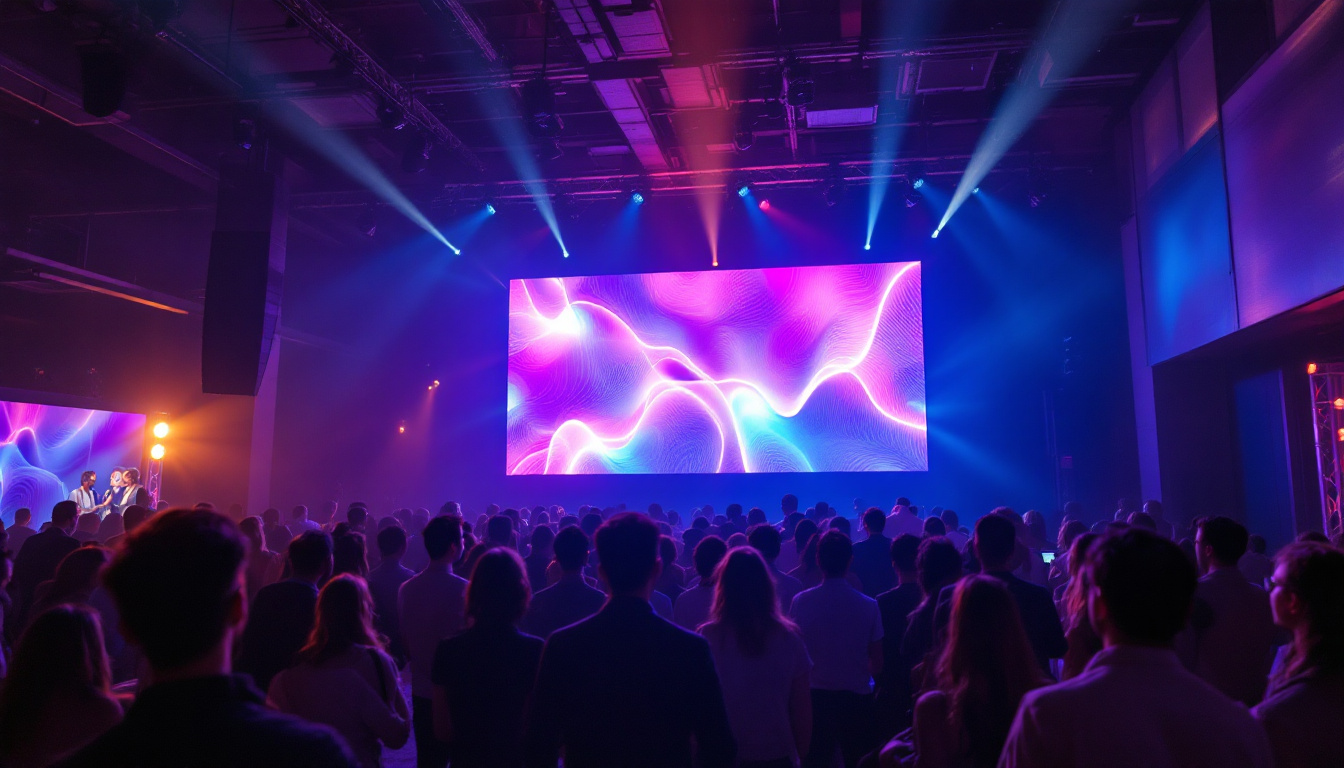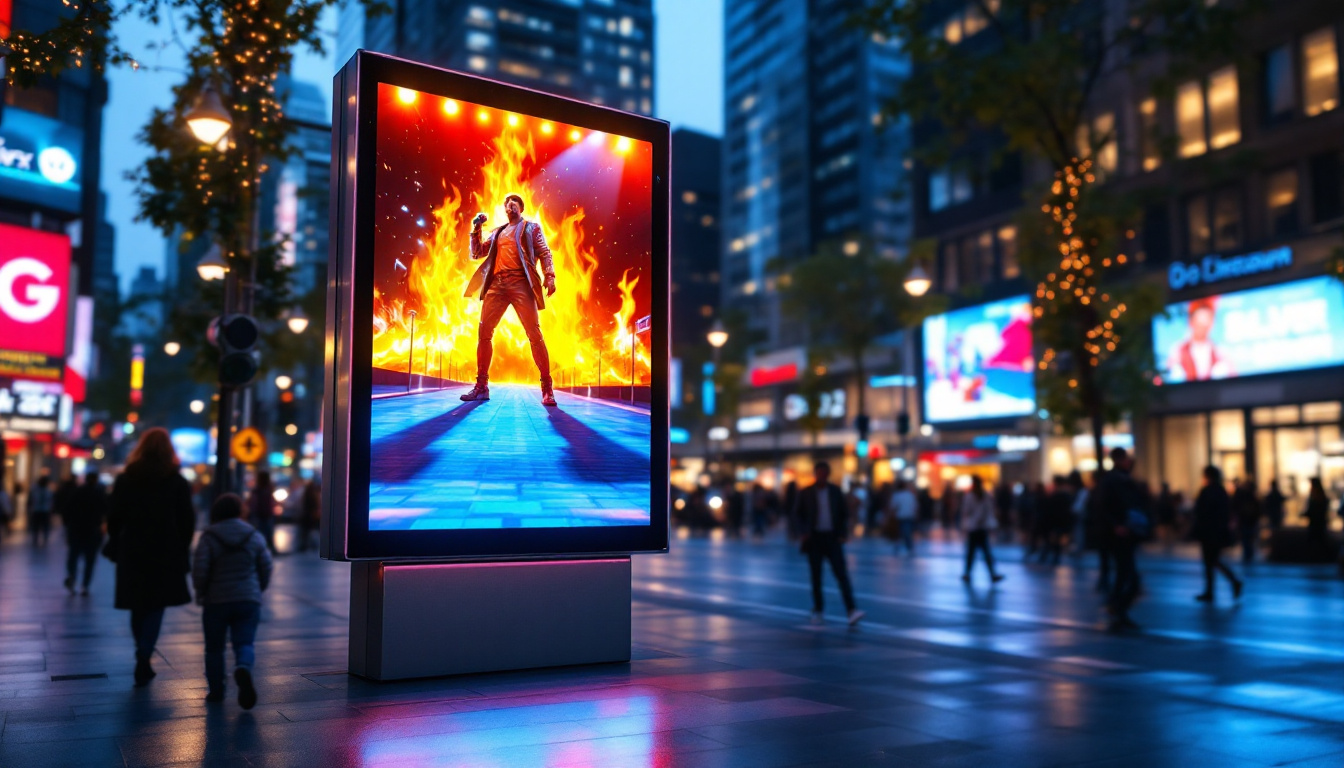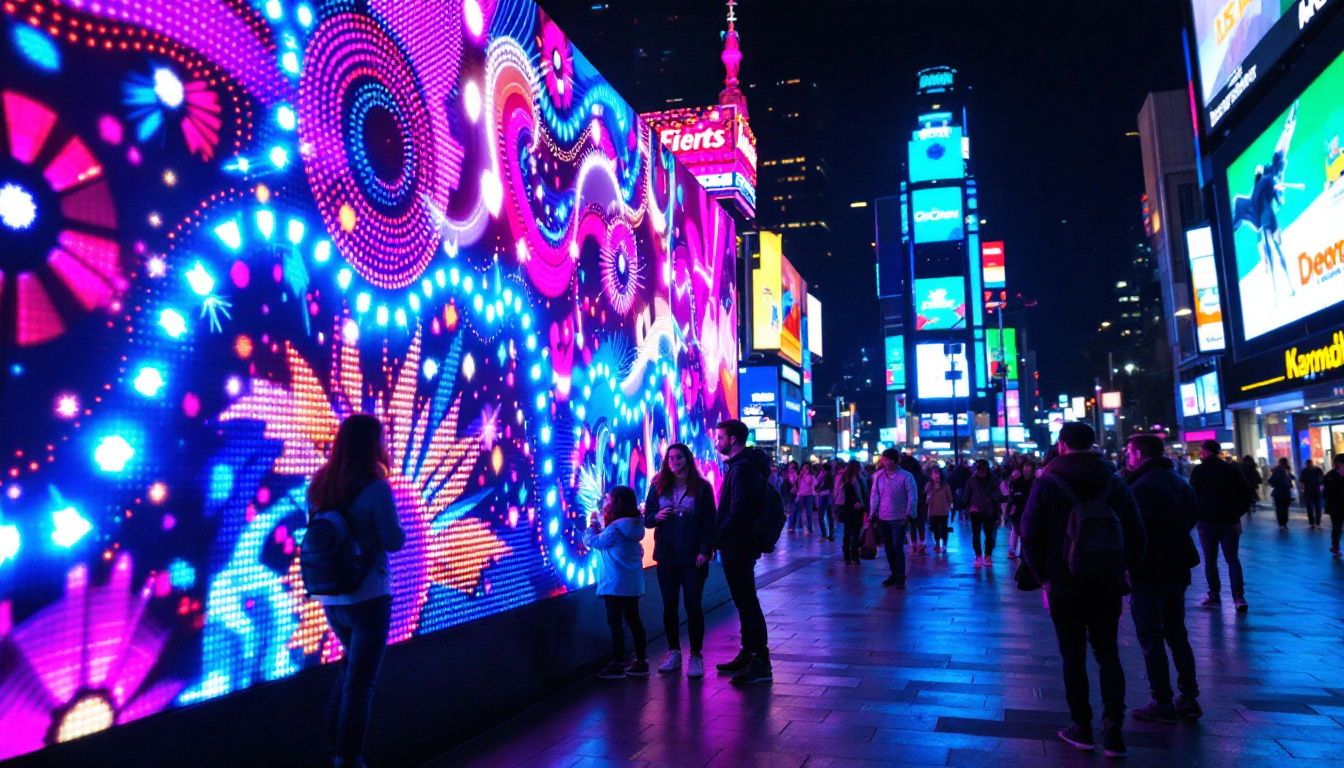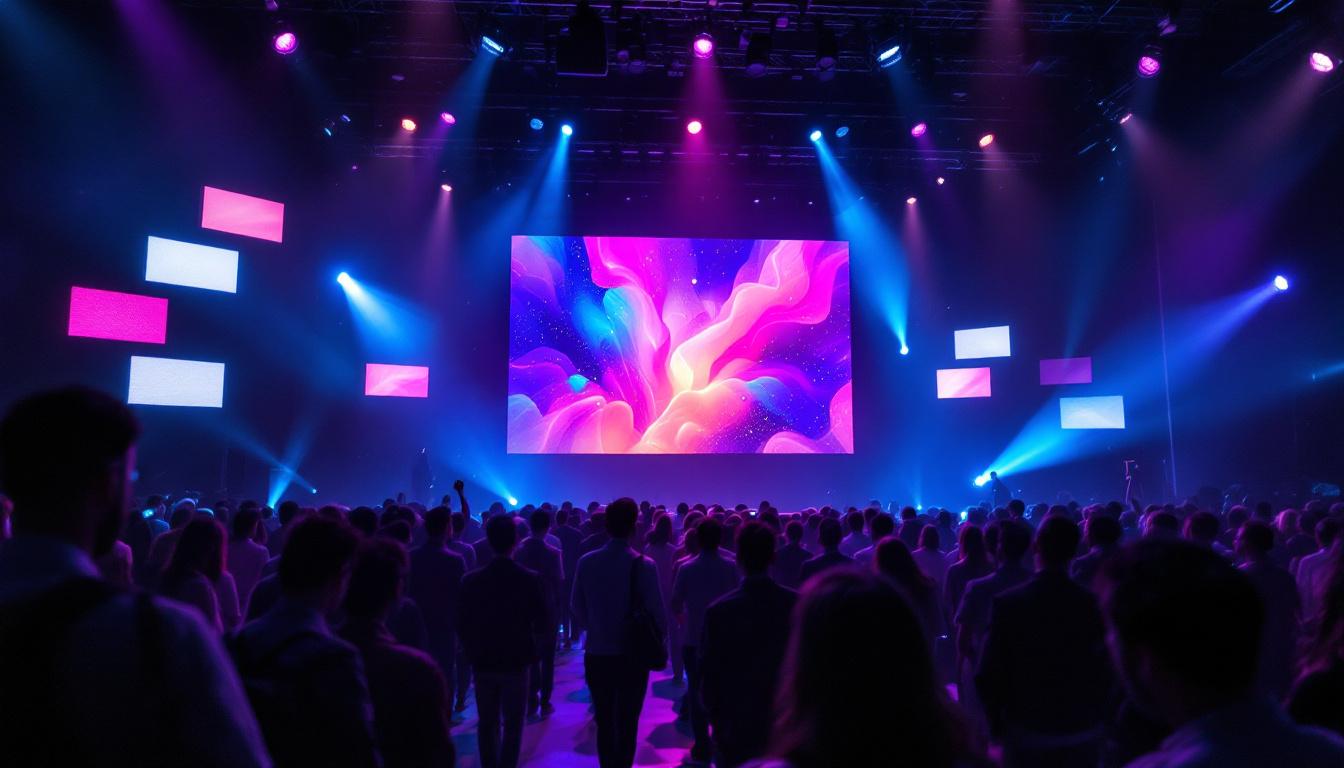In recent years, LED displays have revolutionized the way information and visuals are presented in public spaces, entertainment venues, and advertising. Among the most fascinating applications of this technology is the use of spherical LED displays, which transform ordinary spheres into dynamic, eye-catching canvases. But how many lights are on these spheres, and what makes these LED displays so unique? This article delves into the intricacies of spherical LED displays, exploring their design, technology, and the factors that determine the number of LEDs involved.
Understanding LED Displays: Basics and Beyond
LED, or Light Emitting Diode, technology has become the cornerstone of modern display systems due to its brightness, energy efficiency, and versatility. Traditional LED displays are typically flat panels composed of thousands to millions of tiny LEDs arranged in a grid. These LEDs light up in various colors to create images, videos, and animations.
Spherical LED displays, however, introduce a new dimension—literally. Instead of a flat surface, LEDs are mounted on a curved, often fully spherical surface. This allows for 360-degree viewing angles, making them ideal for immersive advertising, art installations, and interactive exhibits.
Why Spherical LED Displays Matter
The spherical shape offers a unique visual appeal that flat screens cannot replicate. For businesses and artists, this means the ability to capture attention from every direction, creating a more engaging experience. Additionally, spherical displays can be integrated into architectural designs, blending technology with aesthetics seamlessly.
Moreover, the technology behind spherical LED displays has advanced significantly, allowing for higher resolutions and more vibrant colors. This enhancement means that the content displayed can be more intricate and lifelike, captivating audiences in ways that traditional screens might not. For instance, in a retail environment, a spherical display can showcase products from multiple angles, providing potential customers with a comprehensive view that encourages interaction and exploration. This not only enhances the shopping experience but also drives sales by creating a memorable impression.
Furthermore, the versatility of spherical LED displays extends beyond commercial use. In the realm of education, these displays can be utilized for immersive learning experiences, such as virtual field trips or interactive simulations that engage students in a dynamic way. Museums and galleries are also leveraging this technology to create captivating exhibitions that draw visitors in, allowing them to experience art and history from a new perspective. The potential applications are vast, making spherical LED displays a fascinating topic for both technological innovation and creative expression.
The Anatomy of a Spherical LED Display
To understand how many lights are on a sphere, it’s essential to break down the components and design considerations of spherical LED displays.
LED Density and Pixel Pitch
The number of LEDs on a spherical display is primarily influenced by two factors: LED density and pixel pitch.
- LED Density: This refers to how many LEDs are packed into a given area. Higher density means more LEDs, resulting in sharper and more detailed images.
- Pixel Pitch: Pixel pitch is the distance between the centers of two adjacent pixels (or LEDs). Smaller pixel pitch means more LEDs per square meter and higher resolution.
For spherical displays, the pixel pitch must be carefully balanced. A smaller pixel pitch increases resolution but also raises costs and power consumption. Additionally, the curvature of the sphere affects how closely LEDs can be placed without distortion. The design must also consider viewing angles; a well-calibrated pixel pitch ensures that the display remains vibrant and clear from various perspectives, enhancing the overall experience for viewers.
Size of the Sphere
The diameter of the sphere is another crucial factor. Larger spheres naturally require more LEDs to maintain image quality across the surface. For example, a 3-meter diameter sphere with a 10mm pixel pitch will have significantly more LEDs than a 1-meter sphere with the same pixel pitch. The scale of the display also influences the type of content that can be effectively shown; larger displays can accommodate more intricate visuals and animations, making them ideal for events and exhibitions where captivating imagery is essential.
Modular Design and LED Placement
Most spherical LED displays are constructed using modular panels that are curved and assembled to form the sphere. Each module contains a grid of LEDs, and the total number of LEDs is the sum of all modules. This modular approach facilitates maintenance and scalability. Moreover, the ability to replace individual modules without dismantling the entire display is a significant advantage, allowing for quick repairs and upgrades. The placement of LEDs within these modules is also critical; engineers must ensure that the light output is uniform across the sphere to prevent any hotspots or dim areas that could detract from the visual experience.
Furthermore, the integration of advanced technologies such as color calibration and brightness adjustment plays a vital role in enhancing the display’s performance. These technologies ensure that the colors remain consistent and vibrant, regardless of the ambient lighting conditions. As spherical LED displays become more prevalent in public spaces, such as shopping malls and stadiums, the demand for high-quality visuals continues to grow, pushing manufacturers to innovate and improve the design and functionality of these captivating displays.
Calculating the Number of LEDs on a Sphere
Estimating the number of LEDs on a spherical display involves understanding the surface area of the sphere and the pixel pitch of the LEDs.
Step 1: Calculate the Surface Area of the Sphere
The surface area (A) of a sphere is calculated using the formula:
A = 4πr²
Where r is the radius of the sphere.
For example, a sphere with a diameter of 2 meters has a radius of 1 meter. The surface area would be:
A = 4 × π × (1)² ≈ 12.57 square meters
Step 2: Determine the Number of LEDs per Square Meter
Next, calculate how many LEDs fit into one square meter based on the pixel pitch. For instance, a 10mm pixel pitch means each LED occupies a 10mm × 10mm area, or 0.01m × 0.01m = 0.0001 square meters.
The number of LEDs per square meter is:
1 / 0.0001 = 10,000 LEDs per square meter
Step 3: Multiply Surface Area by LEDs per Square Meter
Using the previous example:
12.57 m² × 10,000 LEDs/m² = 125,700 LEDs
This means a 2-meter diameter sphere with a 10mm pixel pitch would have approximately 125,700 LEDs.
Factors Affecting This Calculation
While this calculation provides a rough estimate, real-world factors such as spacing between modules, structural elements, and curvature adjustments may reduce the actual number of LEDs slightly. Additionally, some designs incorporate gaps or non-LED areas for ventilation or structural integrity.
Furthermore, the choice of LED technology can also impact the final count. For example, using smaller pixel pitches, such as 5mm or even 3mm, would increase the density of LEDs on the surface, allowing for more detailed displays. However, this also raises the complexity of the installation and may require more advanced control systems to manage the increased number of pixels effectively.
Another consideration is the viewing distance. Displays intended for close viewing may benefit from a higher density of LEDs, while those viewed from a distance can utilize larger pixel pitches without sacrificing visual quality. This balance between pixel density and viewing distance is crucial in achieving the desired visual impact while optimizing the number of LEDs used in the design.
Examples of Spherical LED Displays in Use
Several high-profile installations demonstrate the impressive scale and capability of spherical LED displays.
The MSG Sphere in Las Vegas
One of the most ambitious spherical LED displays is the MSG Sphere in Las Vegas, which features an exterior LED display covering approximately 580,000 square feet (about 53,884 square meters). While not a perfect sphere, its curved LED surface is among the largest and most advanced in the world.
The display uses ultra-high-density LEDs to create immersive visuals visible from miles away. The exact number of LEDs is proprietary, but estimates suggest tens of millions of LEDs are involved.
Globe LED Displays in Public Spaces
Smaller spherical LED displays, such as those used in museums, shopping malls, and exhibitions, typically range from 1 to 5 meters in diameter and contain tens of thousands to a few hundred thousand LEDs. These displays often showcase dynamic content, from artistic animations to real-time data visualizations.
Technological Challenges and Innovations
Creating spherical LED displays involves overcoming several technical challenges related to curvature, heat dissipation, and image distortion.
Curvature and Pixel Mapping
Mapping flat images onto a curved surface requires sophisticated software algorithms to prevent distortion. The LED modules must be calibrated to ensure uniform brightness and color accuracy across the sphere.
Heat Management
With thousands or millions of LEDs operating simultaneously, heat buildup is a significant concern. Advanced cooling systems and heat-resistant materials are integrated into the design to maintain performance and longevity.
Power Consumption
The vast number of LEDs demands efficient power management. Modern LED technologies and driver circuits optimize energy use, balancing brightness with sustainability.
Future Trends in Spherical LED Displays
As LED technology advances, spherical displays are expected to become more accessible, higher resolution, and more interactive.
Miniaturization and Higher Resolution
Smaller pixel pitches and more compact LEDs will allow for ultra-high-definition spherical displays, making them suitable for detailed visuals and even 3D effects.
Interactive and Smart Displays
Integration with sensors and AI will enable spherical displays to respond to viewer movements, environmental conditions, and real-time data, creating personalized and immersive experiences.
Environmental Sustainability
Future designs will emphasize eco-friendly materials and energy-efficient operation, aligning with global sustainability goals.
Conclusion
The number of lights on a spherical LED display varies widely depending on the size, pixel pitch, and design of the sphere. From tens of thousands to millions of LEDs, these displays represent a remarkable fusion of technology and art. Understanding the factors that influence LED count helps appreciate the complexity and innovation behind these captivating visual experiences.
As spherical LED technology continues to evolve, it promises to redefine how we engage with digital content in public and private spaces, offering endless possibilities for creativity and communication.
Illuminate Your Space with LumenMatrix
Ready to elevate your environment with the latest in LED technology? Discover LumenMatrix’s comprehensive range of LED display solutions, from vibrant Indoor and Outdoor LED Wall Displays to innovative Custom and All-in-One LED Displays. Whether you’re looking to create an immersive sports experience, a dynamic vehicle advertisement, or an interactive floor display, LumenMatrix is at the forefront of transforming spaces with visually stunning and engaging digital signage. Check out LumenMatrix LED Display Solutions today and start crafting your unforgettable visual narrative.

